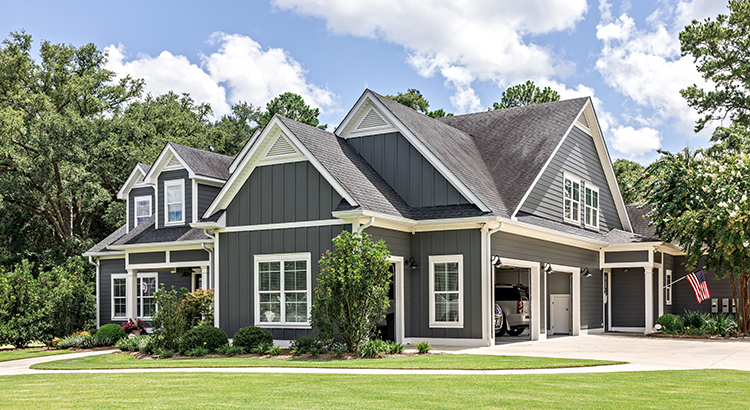 Your home is your place to rest, play, and spend time with your family. It should be a place of comfort, and this comfort need not come at a high cost. Many homes, however, waste a lot of energy in ways that can be prevented. Here are five ways to make your home more energy-efficient.
Your home is your place to rest, play, and spend time with your family. It should be a place of comfort, and this comfort need not come at a high cost. Many homes, however, waste a lot of energy in ways that can be prevented. Here are five ways to make your home more energy-efficient.
Replace or Weatherize All Windows
Windows rank high on the list because of air leakage around the frame and the heat that transfers through windowpanes. Old single-pane windows provide little protection against heat transference. If you replace these windows with energy-efficient windows you should see immediate savings and improved climate control in your home.
When choosing windows, consider the frame and not just glass. Frame material and frame design matters. Hinged windows allow less air leakage than sliding, single-hung or double-hung do. Avoid metal because these conduct heat. Choose insulated vinyl frames or insulated fiberglass frames for the most efficiency and durability.
Pay attention to glass efficiency ratings such as the U-factor and the solar heat gain coefficient. The right windows to choose depend largely upon regional climate. If you live in an area with hot summers and mild winters, you want glass that blocks out as much solar heat gain as possible.
Low-emissivity coatings on windowpanes reduce heat conduction through the glass, which benefits you by keeping hot air inside in winter and hot air outside in summer. There are other coatings and tints available, but you should still look for the Energy Star label. Only products that have met strict requirements by the EPA qualify for this special certification.
Seal the Home’s Thermal Envelope
Air leakage through your home’s exterior is another source of energy waste. Air infiltration makes your heating and cooling system work harder to maintain climate control. In order to find all of the hidden leaks, schedule an energy audit with an HVAC company. Until you do, seal the noticeable leaks. These can usually be found in the following areas:
- Around window frames and doors
- Beneath baseboards
- Around flues and chimneys
When sealing leaks in most areas, you can use caulk, weather-stripping or expandable spray foam insulation. Another method to control air leaks is to replace poorly fitting doors or other features and to use hardware with a type that creates a better seal. One example is barn door hardware. This kind of hardware can create a better air seal in some cases because the door slides into place instead of swinging open. This creates fewer opportunities for gaps between the door and the frame.
Upgrade Your Home HVAC System
If your home’s HVAC system is older than ten years, consider replacing it with a new energy-efficient system that is Energy Star certified. Improvements in design make these systems far more energy-efficient than any in the past. If they are sized correctly and installed correctly, you should see lower bills and improved comfort and improved air quality.
Upgrade Insulation
Most homes have only the minimum required insulation. Older homes might even fall far short of the minimum simply because the insulation has become too wet, or it has become compressed or it has shifted.
Adding insulation to the attic will have the largest effects. It doesn’t matter which kind of insulation you use as much as it matters that it is properly installed, with no gaps, and that you use the recommended quantity for your region.
Adding insulation to exterior walls doesn’t have to be a big remodeling project. Much of the time, it can be blown into walls by a contractor.
Use a Programmable Thermostat
These thermostats make a home more energy efficient in the following ways:
- You won’t have to remember to set the temperature lower or higher before you run out of the house each the morning, because you can program the thermostat to do it for you each day.
- You can program different energy-saving temperature settings for special occasions, such as vacations, and you can still come home to a comfortable house.
- Some new thermostats even allow you to check them remotely, sparing you from worrying about whether the home is getting too hot or cold while you are away.
By implementing these ideas, you have little to lose and a lot to gain in terms of comfort and savings. If it feels overwhelming or it is hard on your budget to make all of these changes at once, try to do them in steps. Each time you take even one step towards more energy efficiency, you will start saving money on energy bills.






